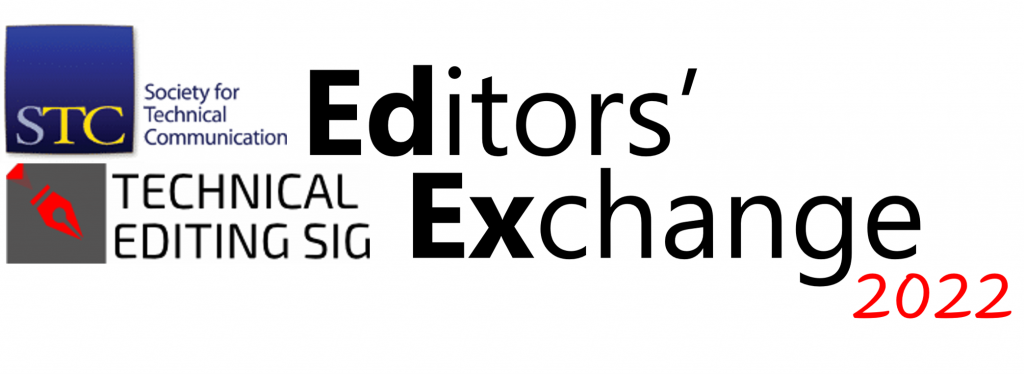by Noel Atzmiller
Proof Positive – How to Find Errors Before They Embarrass You
By Karen L. Anderson
©1996 by SkillPath Publications. Mission, Kansas (193 pages)
I recently found a job that requires me to perform extensive proofreading/editing of technical documents. Before I started, I wanted to obtain some guidance and tips on how I could perform my tasks well.
I visited a local used bookstore, scanned their shelves, and found a book titled Proof Positive. After glancing at the Table of Contents and reading several random pages, I knew I found just what I needed. Although book was printed in 1996, inside this document was information crafted to encourage and equip a person to become an excellent proofreader.
Now, I know you might wonder if a book that focuses on proofreading is applicable for editors. I think it is. The proofreader helps to make sure the document author follows the rules determined by an editor. By detecting and correcting infractions within an accepted code of language content, the proofreader is working with an editor and enabling the author to produce the best possible document.
The author of this book, Karen Anderson, is a nationally recognized writer, trainer, and communications consultant. As the owner of her own consulting firm, she has taught business professionals techniques for producing polished, quality documents.
Her extensive knowledge is found within the first pages of the document, where she provides practical answers to crucial questions that a proofreader must know, such as:
- “How can a proofreader prepare to proofread successfully?” p.9
- “Where will a proofreader find the most errors in documents?” p.19
- “How can a proofreader do a good job when there is too little time before the deadline?” p. 25
Anderson continues by offering several clever techniques to find errors in a document. She recommends reading text backward, starting with the last word in a paragraph and moving to the beginning, to help find spelling and usage errors. Holding a single-sided copy up to a light with the print facing away from view reveals mistakes with short words and poor formatting. Locating hyphenation and leading issues is possible by rotating a hard copy 90 degrees with the right margin pointing up.
Anderson also provides chapters that explain correct grammar and review punctuation guidelines, but she avoids a stodgy recitation of rules. She offers short exercises that give the reader an opportunity to practice the guidelines she proposes.
Poor verbal habits can also creep into documents. Errors can occur because the proofreader thought a sentence “sounded right” and “looked” correct. Anderson reacts to this by listing corrections to many common mistakes and guidance on avoiding poor word choice, redundant words, wordiness, jargon and cliches.
The copious advice in the document culminates in a chapter that details some tools a proofreader can use to track their documents for error-free publication. Tracking slips, error logs, and a personalized proofreader checklist are just a few of these practical tools.
Five appendixes include information on proofreader marks, commonly misspelled words, misused words, transitions, and type specifications.
The only downside of the book is that it focuses entirely on printed documents; it does not provide guidance for proofreading web-based text. However, many of the tips and guidelines can still be used for non-print documentation.
Throughout the document, Anderson conveys repeated encouragement to the proofreader. This feature and the numerous tips and guidelines make Proof Positive a valuable reference for beginning or experienced proofreaders.
This book is available on Amazon (amazon.com), AbeBooks (abebooks.com), and other online book sellers. Check it out!
Like this:
Like Loading...

